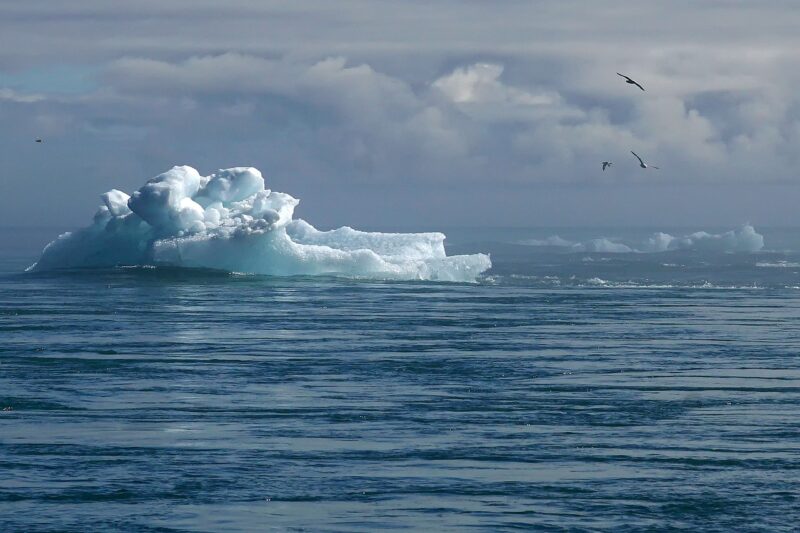Comics and Climate Change: How Graphic Novels Are Addressing the Planet’s Most Pressing Issues
November 14, 2024

Comics have long been seen as a popular form of entertainment, captivating audiences with vivid illustrations and engaging narratives. However, in recent years, a new wave of graphic novels has emerged that tackles one of the most pressing challenges of our time—climate change. This article explores how graphic novels are bringing climate issues to the forefront, educating readers about the complexities of environmental challenges, and inspiring action through powerful storytelling.
1. The Rise of Climate-Focused Graphic Novels
The roots of environmental storytelling can be traced back to early ecological literature and activism, but the emergence of graphic novels dedicated to climate change has become increasingly prominent over the last decade. Artists and writers are tapping into the unique format of comics—combining visuals with text—to make scientific concepts more accessible and relatable. Genres covering fantasy, realism, and memoir have adopted ecological themes, allowing readers to experience climate narratives emotionally.
Graphic novels such as “This Place: 150 Years Retold” and “The Green Lantern: Emerald Dawn” have explored socio-political themes alongside environmental concerns, emphasizing the need for change in personal behavior and policy reform.
2. Engaging Multiple Audiences
Comics have a unique ability to engage diverse audiences ranging from children to adults. Graphic novels simplify complex topics, presenting information in a visually stimulating manner that holds readers’ attention. This dynamic storytelling format has enabled creators to tackle intricate scientific ideas regarding climate change, such as:
- Greenhouse Gas Emissions: Many graphic novels illustrate the impact of human activities on global warming, detailing how industries contribute to carbon emissions and what steps can be taken to reduce them.
- Biodiversity Loss: Through narratives about endangered species and disappearing habitats, these novels highlight the importance of conservation efforts and urge readers to take action to preserve biodiversity.
- Climate Justice: Graphic novels often tackle the socio-economic implications of climate change, showcasing stories that spotlight marginalized communities disproportionately affected by environmental degradation, thus advocating for climate justice.
Moreover, this artistic approach breaks down barriers, allowing readers from various backgrounds, including those who might not otherwise engage with scientific literature, to become informed and motivated.
3. Notable Graphic Novels Addressing Climate Change
Several graphic novels stand out for their impactful storytelling and ability to educate readers on climate issues:
A. “Climate Changed: A Personal Journey through the Science” by Philippe Squarzoni
This graphic novel serves as a thorough exploration of climate change, blending science with personal memoir. Squarzoni delves deep into the scientific data surrounding climate change while interspersing personal reflections and emotions, making the content both informative and relatable.
B. “The Uninhabitable Earth: Life After Warming” by David Wallace-Wells and illustrated by various artists
Based on the bestselling book, this graphic adaptation presents a stark and vivid portrayal of the potential consequences of climate change. The artwork amplifies the urgency of each scenario depicted, serving as a call to action for readers.
C. “The Adventures of Captain Planet” by Ted Turner and Barbara Pyle
Though originally a cartoon, the graphic novels inspired by Captain Planet have continued to emphasize environmental themes and eco-activism, making it relatable to a younger audience while promoting activism through engaging storytelling.
These works illustrate how diverse perspectives and artistic styles within the graphic novel format can foster a deeper understanding of climate issues.
4. The Role of Illustrators in Conveying Climate Narratives
Illustrators play a crucial role in the effectiveness of climate graphic novels. The following techniques illustrate how powerful visuals contribute to the overall messaging:
- Symbolism: Many artists use symbolic imagery to represent themes such as decay, resilience, and hope, giving readers visual metaphors that resonate on a deeper level. For example, contrasting vibrant landscapes with polluted environments can starkly illustrate the consequences of inaction.
- Visual Storytelling: The sequential art form of comics allows for a dynamic progression of events, helping readers witness the gradual effects of climate change and the urgent need for solutions.
- Diversity in Representation: Including characters from varying cultural backgrounds fosters inclusivity and reflects the global nature of climate change impacts, engaging broader audiences and fostering empathy for different experiences.
These artistic elements work in conjunction with narrative to create an emotional connection with readers, potentially leading to increased awareness and action.
5. Activism and Community Engagement through Graphic Novels
Graphic novels about climate change have empowered creators and readers to engage in activism. Readers not only appreciate the narratives and art but can actively participate in local and global environmental efforts. Here are some ways in which graphic novels have catalyzed engagement:
- Education Initiatives: Many authors partner with schools and organizations to promote environmental literacy through graphic novels, organizing workshops and discussions aimed at raising awareness about climate change and actively encouraging participation in sustainability efforts.
- Fundraising and Collaborations: Some projects involve collaborating with NGOs to create campaigns, where a portion of the proceeds from graphic novels goes towards supporting environmental organizations and initiatives that are fighting climate change directly.
- Community Building: Authors and illustrators have fostered communities through social media and public events, allowing readers to share their views, ideas, and actions regarding climate issues, thus motivating collective action.
By uniting readers around shared stories and shared passions, graphic novels have taken on a role in motivating community involvement against climate change.
Conclusion: The Future of Comics and Climate Advocacy
The intersection of comics and climate change highlights the powerful role that graphic narratives play in educating, engaging, and inspiring action. As we move forward, there is immense potential for graphic novels to not only reflect the growing urgency of climate issues but also catalyze movements toward sustainable practices and solutions.
By amplifying diverse voices and advocating for justice through their pages, graphic novelists continue to carve out space for meaningful dialogues about our planet’s future.
Rich storytelling, combined with evocative illustrations, marks a new chapter in environmental advocacy, suggesting that every panel holds the potential for open hearts and minds to realize action is possible and necessary in the face of climate change.







